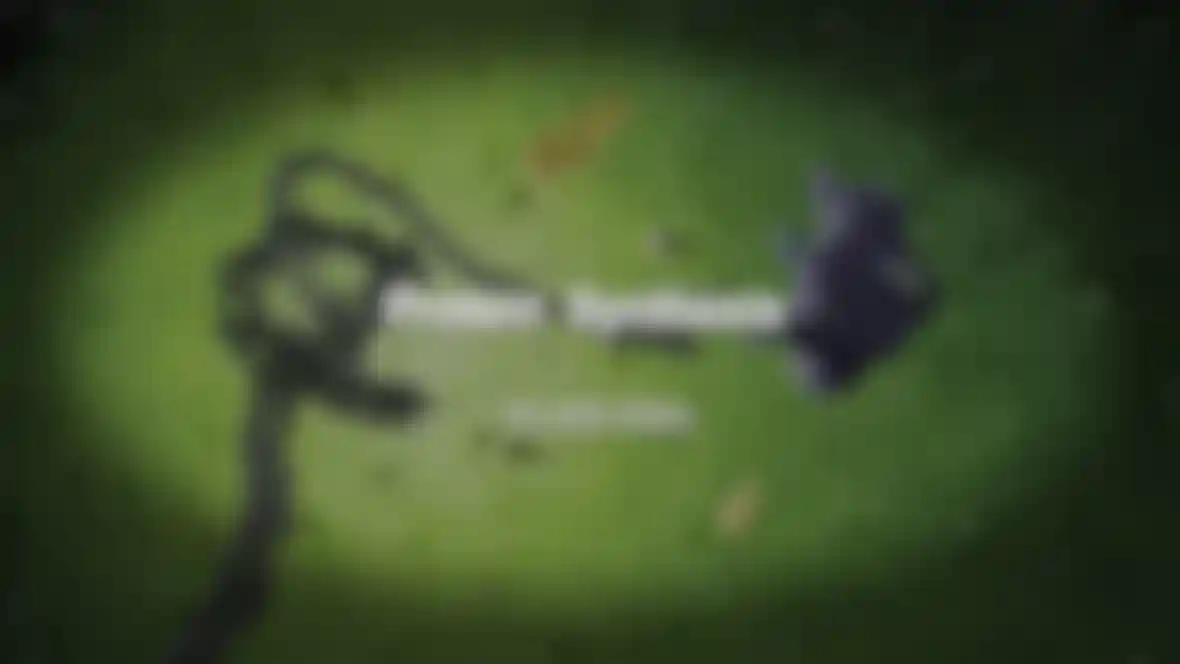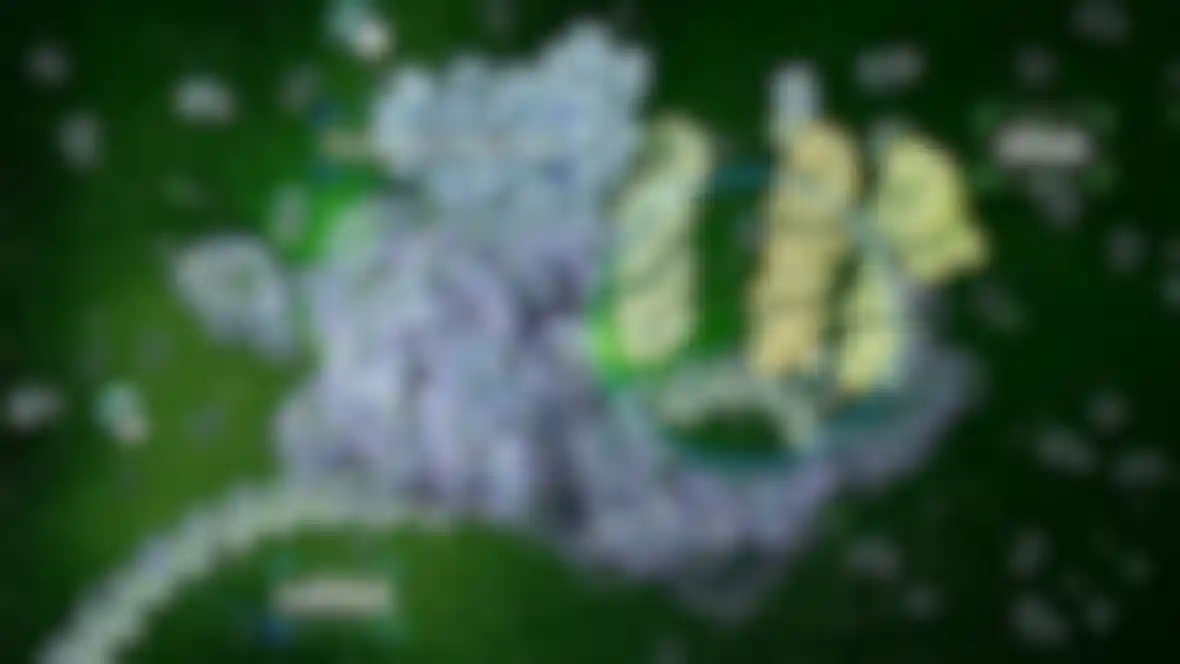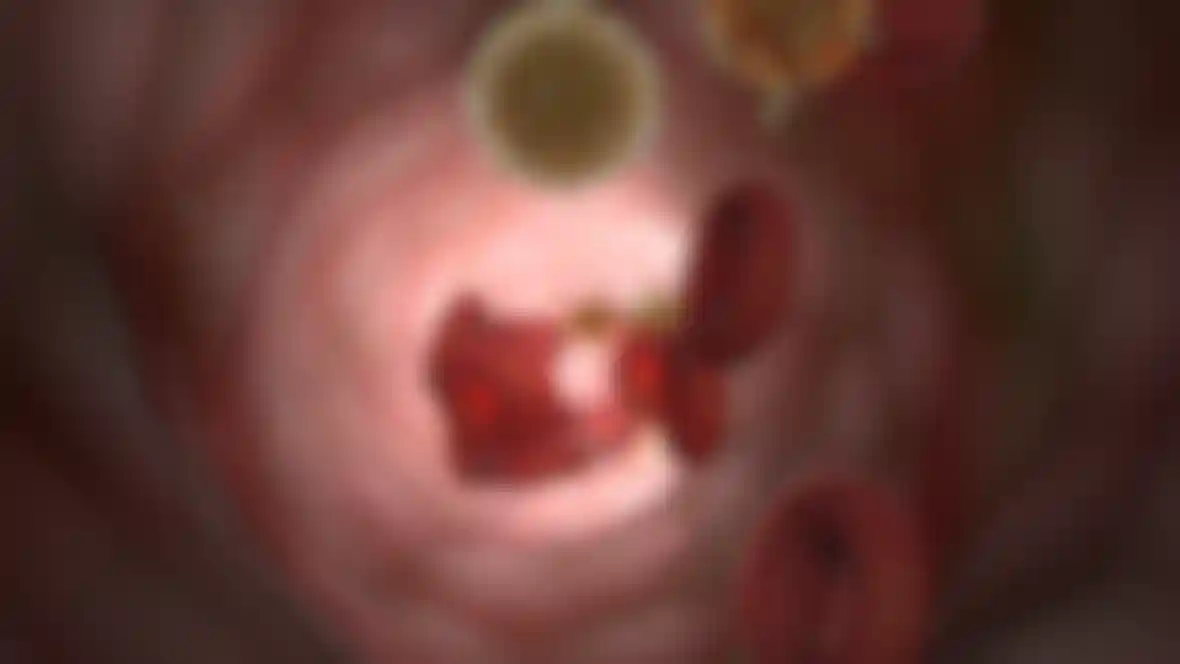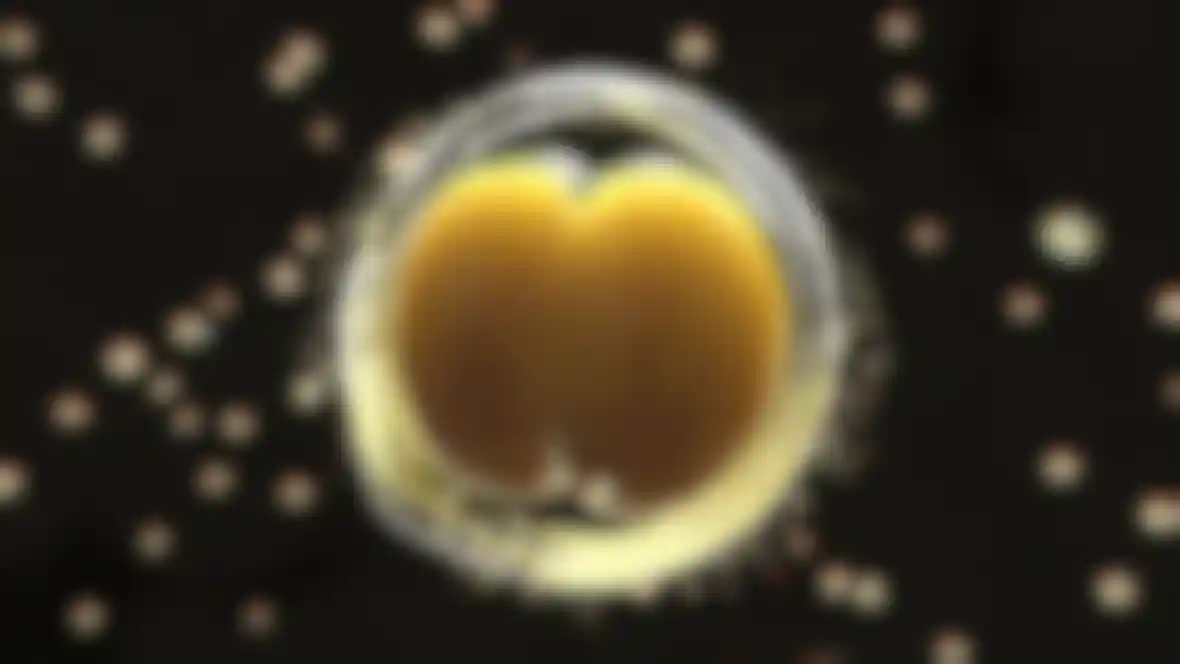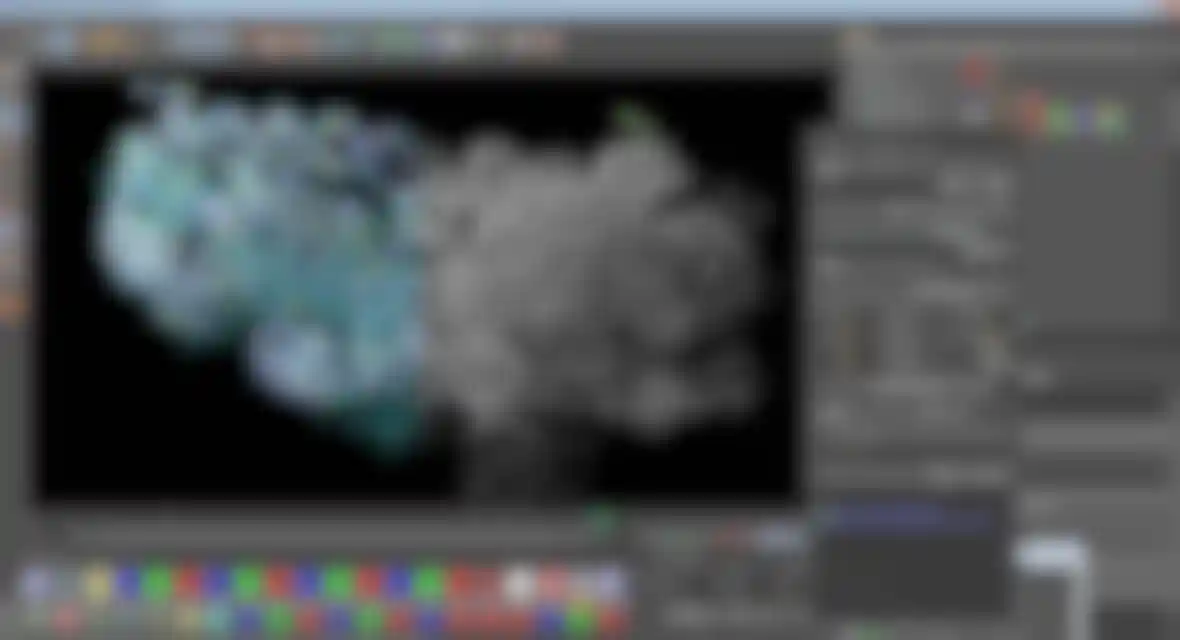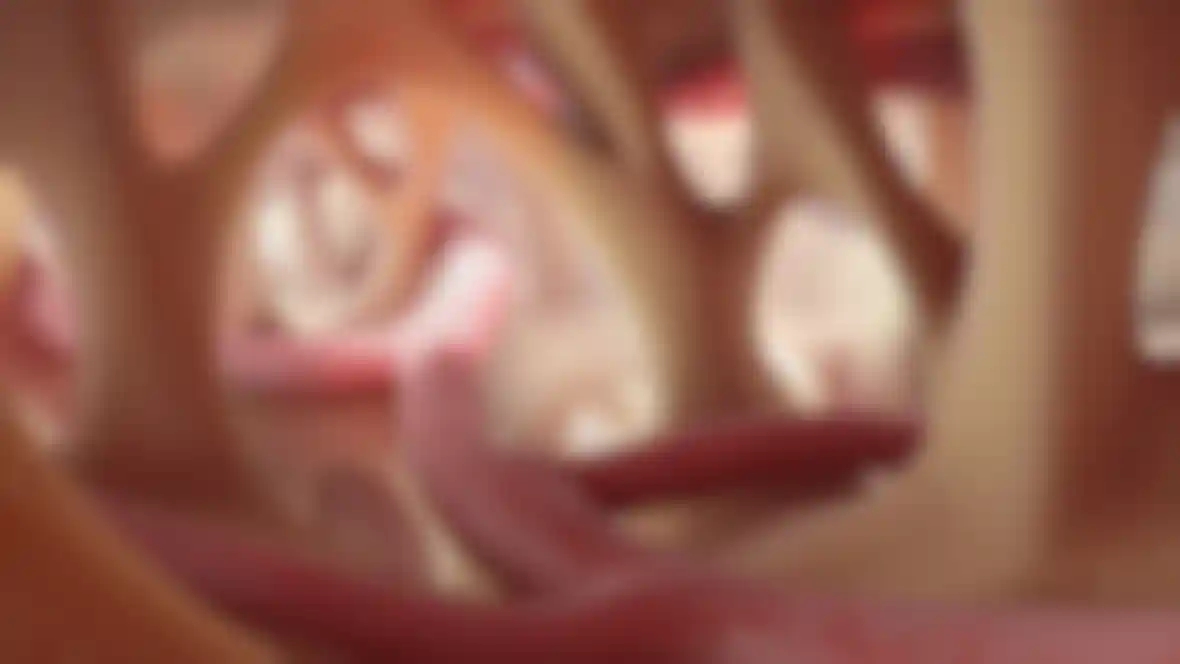
Expanding the Reach of Medical Animation CG Using Cinema 4D, ePMV and After Effects, Cosmocyte is making the complex understandable.
You probably studied cell mitosis grade school … Even if you do vaguely recall what cell division is all about, you've probably never thought of the process as something elegant, even beautiful. But step into the world of medical and scientific visualization and the process of mitosis suddenly becomes a work of art.
Maryland-based Cosmocyte has been creating stunningly vivid and accurate medical and scientific animations and illustrations since 2005. Using Maxon's Cinema 4D and Adobe After Effects, they do most of their work for academic and non-academic clients, such as Science magazine and the Stanford University School of Medicine.
"I know a lot of big medical animation companies use [3ds] Max and Maya but we like Cinema 4D because of its flexibility and easy learning curve, and I know a broad cross-section of companies are going in that direction, too," says Cameron Slayden, Cosmocyte's founder and creative director.
Business has grown steadily over the last few years, making finding skilled scientific illustrators and animators who can use Cinema 4D a top priority for Cosmocyte. To help, Slayden started a free, on-site training program last year through which scientific visualization specialists can learn the software.
Those who do well get hired as contractors. "We used MoGraph from the very first animation because they have to be able to wrap their heads around that to do good biological visualization," Slayden explains. It's the tinkerers who stand out, he says.
Vuk Nikolic, a 3D artist and experienced Maya user with a master's degree in biology, produced "stellar" work from the start. "Vuk has a natural instinct for medical animation and he blazed through our Cinema 4D training sequences very quickly," says Slayden, pointing to Nikolic's mitosis animation for which he used Cinema 4D's Fresnel, sub-surface scattering and displacement. "I experimented and created an interesting transparency of the nucleus membrane using the spectral shader in the transparency channel of the texture," Nikolic recalls.
After he completed his Cinema 4D training, Slayden brought Nikolic on board to help Cosmocyte create its own content. Specifically, they are collaborating on a series of educational animations on a variety of topics, such as "What is Cancer?" and "What is DNA?" "We see these as being deeply immersive educational modules that would be free to the public on YouTube," says Slayden.
Because it helps to have a basic understanding of DNA in order to grasp the complexities of cancer, Slayden first asked Nikolic to create "the most complicated thing" he could think of, a 3D DNA translation, which involves getting from a gene to a protein via RNA (ribonucleic acid). "The process is divided into three stages: initiation, elongation and termination," explains Nikolic, whose past clients include National Geographic and the History Channel.
The biggest challenge was building and animating the molecules in Cinema 4D. He credits the open-source plug-in, embedded Python Molecular Viewer (ePMV) with making that daunting task possible. Created by Graham Johnson, a friend of Slayden's and a frequent contributor to the annual National Science Foundation Medical Visualization Challenge, ePMV allows users to run molecular modeling software inside 3D animation applications.
With ePMV, Nikolic was able to bring the whole molecule into Cinema 4D before animating and lighting it. "I had to put one file with five million polygons in different layers and make a proxy to animate and move through the interface," he recalls.
Read the full-length feature on Comocyte at CGSociety:
http://www.cgsociety.org/index...
Vuk Nikolic Website:
http://vuk3d.com





